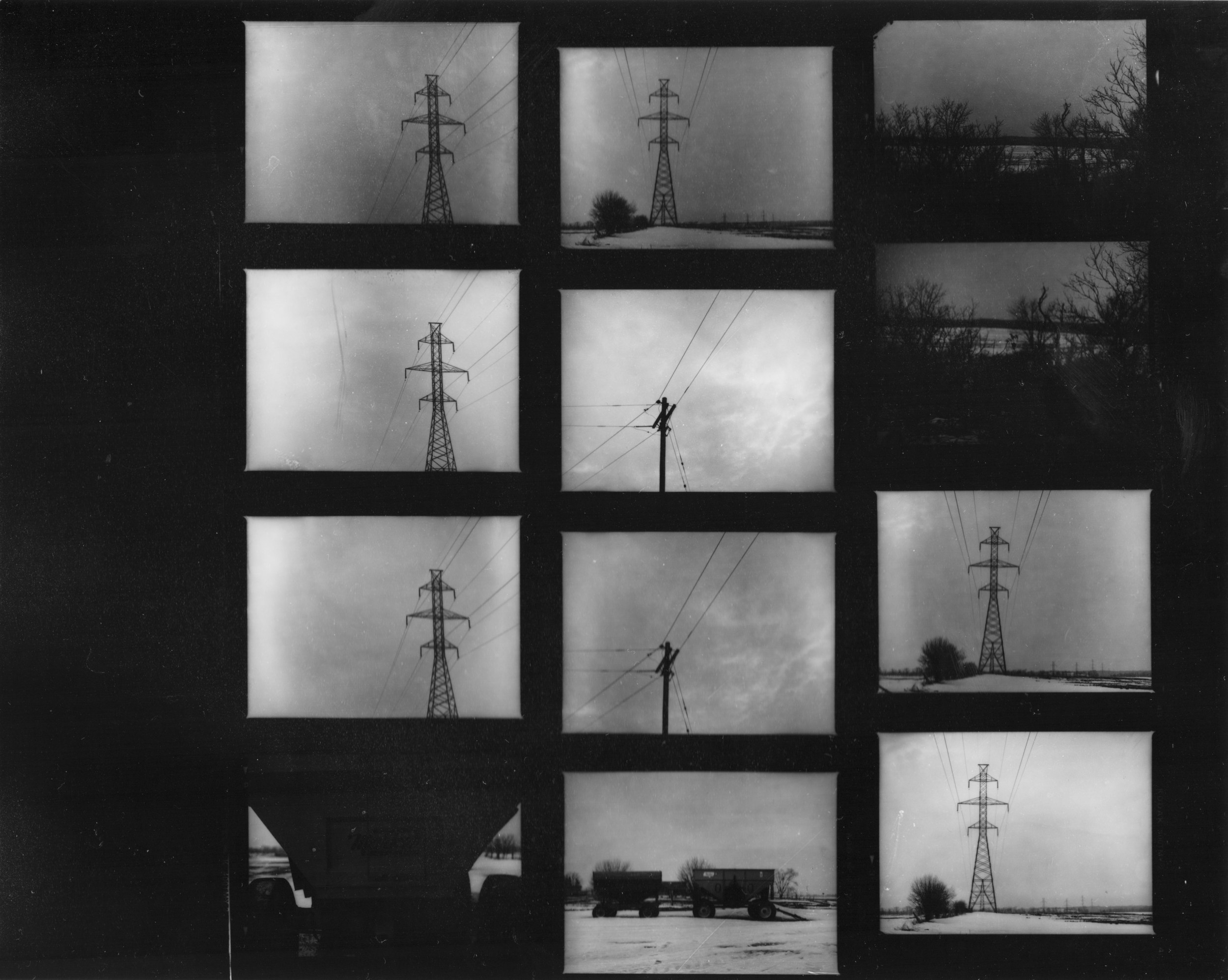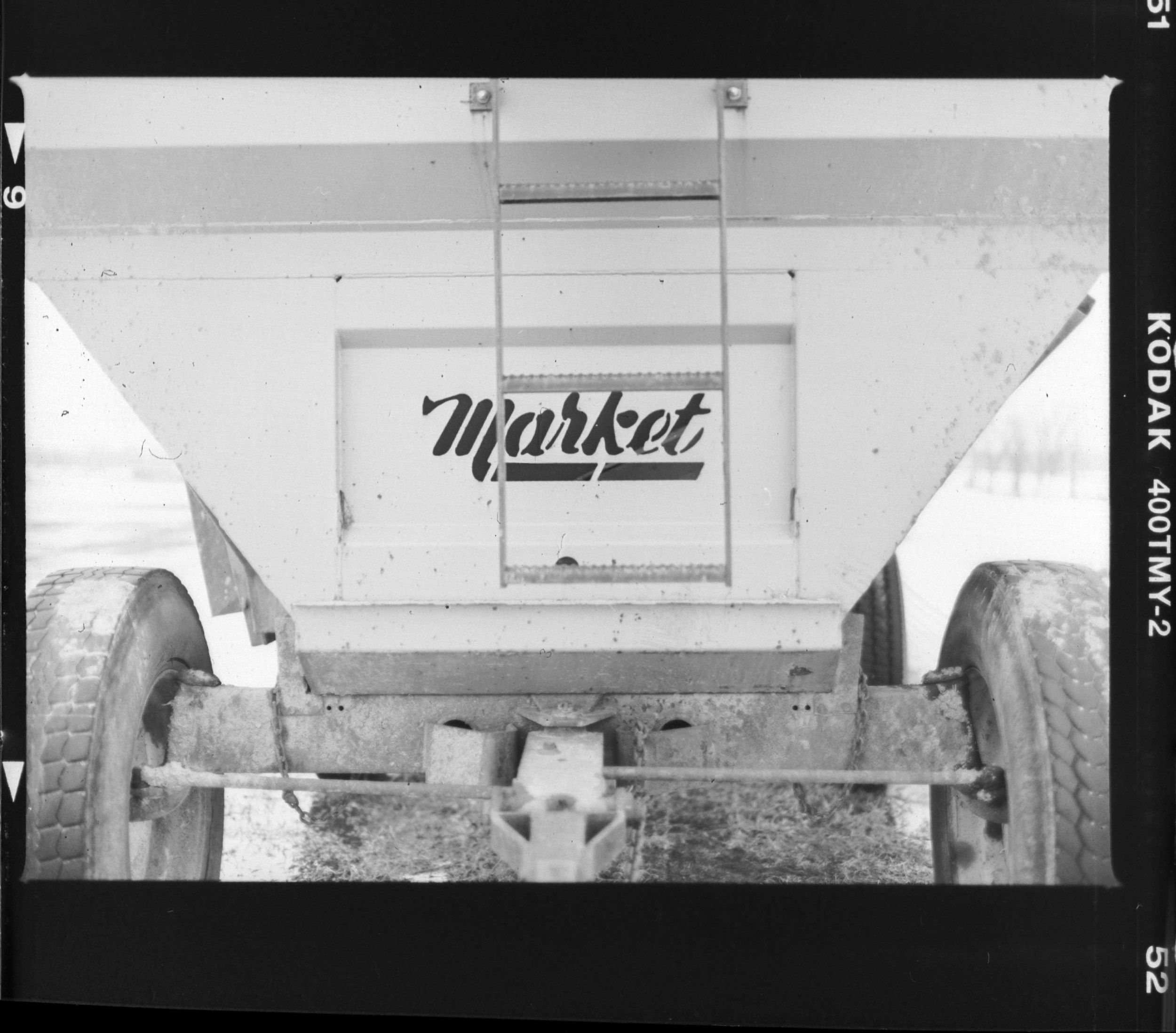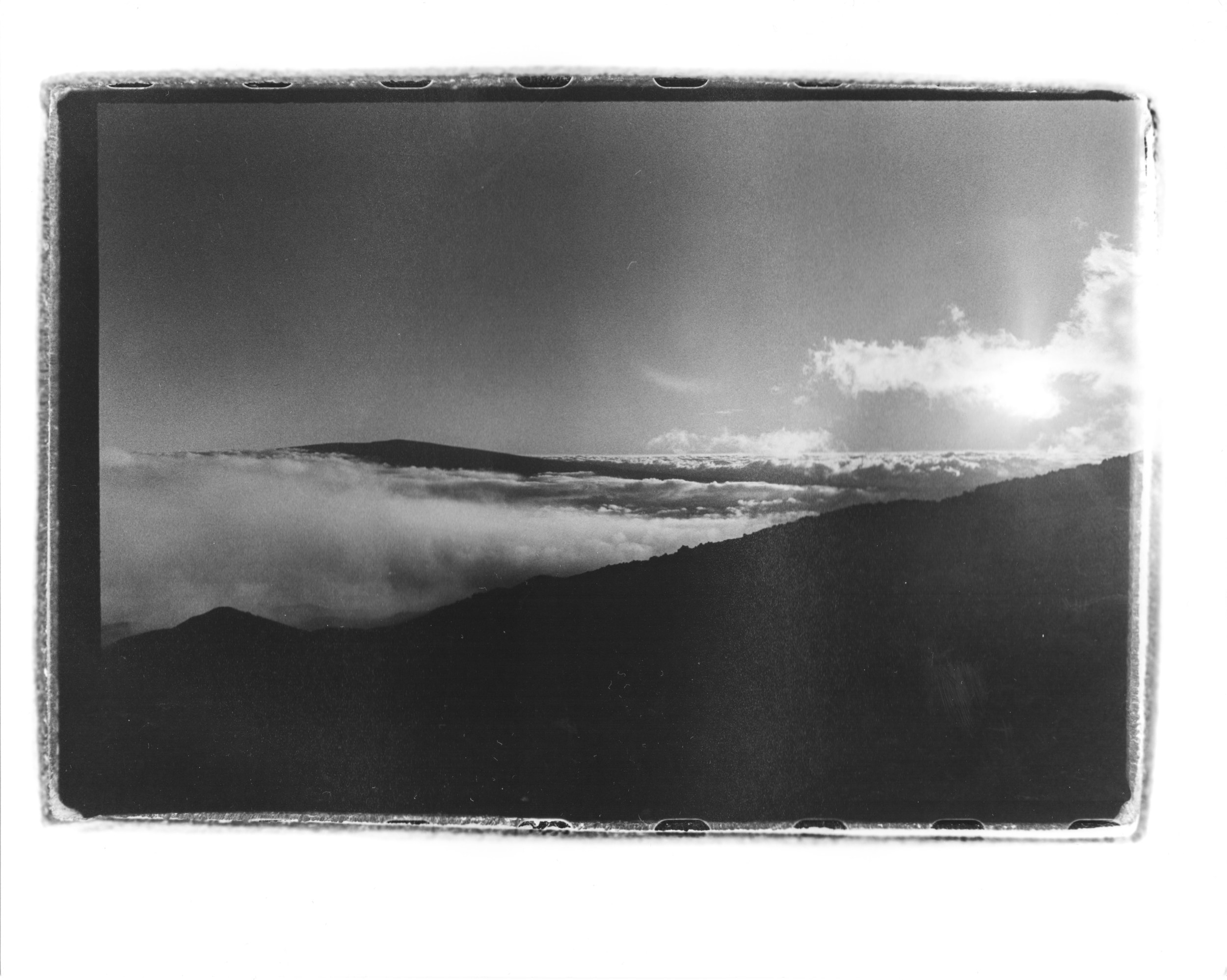Super proud of hubbly who was featured as the artist in our beloved Brant Advocate this month. In his own words....

 Advocate Article - March.15.2014
Advocate Article - March.15.2014
Film study - The root of it all
I don’t write often. I let my photographs speak for me. They are my expressions. They can go and tell anything to anyone, anywhere in the world, just like the Wonkavator.
Willy Wonka ”It's a Wonkavator. An elevator can only go up and down, but the Wonkavator can go sideways and slantways and longways and backways..."
Charlie: "And frontways?"
Willy Wonka: "...and squareways and front ways and any other ways that you can think of.”
Film photography, for me, was the start. And the end. It was finally the way I, as a self proclaimed artist, could “draw”. I was drawing with light.
If you were to ask my friends or family, they will all tell you I cannot draw anything realistic to save my life. I doodle with the best of them, creating pleasant a-sexual stick figures (often used in pictionary).
My grade 10 high school class communications class is where I discovered the art of film photography and darkroom techniques. Bulk loading the rolls of film each week, going out on the streets to capture life around my house in the north end of Brantford. This was bliss for me as a teenager.
For the 3 subsequent years following that fateful, enlightening high school course, I focused on becoming a great photographer. I even went to “Skills Canada” in my grade 12 year to compete as a photographer (I placed 4th in Ontario that year. I wanted 1st, and frankly, there should be a recount. JUDGES!!!).
Darkroom work can be frustrating and time consuming. Using Photoshop, you can brighten, darken, add contrast, change colours, take out this and that, in all but 30 seconds. In the darkroom, that takes hours for 1 printed picture. But I love that. It’s an art. An exhausting, often chemical smelly art.
This past month I bought back a camera I once loved and sold 10 years ago. A Mamiya 645 (medium format) camera. For all you non-photogs out there, “regular” film was 35mm, and medium format is 56mm. Bigger = better quality for enlargements. On that note, I did shoot on large format cameras while in college studying photography. Those negs are 4×5 inches big. YOWZA!
I just developed the first roll from my new baby, and shooting it was a LOT more work then just using those fancy dancy digital-thingy-ma-jiggers. Unlike most cameras, in doesn’t allow for many mistakes. Manual focus, manual exposure, film winder, and it’s heavy to boot.
I scouted out locations around my city, places I have never photographed before. I did this 3-4 times before I even took a single shot. Checking sunset times. It’s always better to “draw with light” at the wee hours of the morning and 1 hour before sunset. I would think about what “look” or “feel” I wanted my photos to show. Was there a deep meaning I wanted to get across? Probably not this time.
After all that, I found my spot, took my camera, set it up on my tripod (at a un-disclosed location) and started shooting Brantford’s grand landscape. I thought a lot more about what I was doing. Thinking about composition, light, exposure, angle. Took an “educated guess” on what I thought the exposure should be. I brought along my manual light meter just in case I was wrong. I was. I was only off by 1 stop. Phew, I still know what I’m doing. I took two photos before I was approached by two people telling me I was on their property. Apparently I should have asked, but It was just a field on the side of the road. I moved on and found more “interesting” subject matter.
I only used 12 frames.
“What’s that you say? 12 photos?”
“Yes, ma’am. 12 photos.”
That’s all I can capture with a 120 roll of medium format black and white film with this particular camera.
I’m done for the day.
Now to the darkroom. Mixing chemicals, checking temperatures, setting up equipment in my makeshift darkroom known as my bathroom. This brings back good memories. Like an old friend you haven’t seen in awhile. Take a couple hours to catch up, and it’s like you haven’t missed a beat being apart.
After setting up, loading the film on the reel in complete darkness, using properly diluted chemicals, there’s a moment just before I take the developed film out, when I fear I did something wrong. I loaded the film correctly, didn’t expose it to light, (until I exposed it with the correct f/stop and shutter speed) used the right mixture of chemicals, agitation the first min, developed for the right amount of time. YES!! It worked, I have images. Nervous sweat, be gone with you.
I still know what I’m doing. Digital, you have not turned me into a photog-zombie, just searching for the next pixeled brainy meal.
From here on out, there is a litany of things to be done before creating one 8x10 print in the darkroom. Creating test strips, timing the exposure, cleaning negatives free from dust, contact sheets, chemical temperature AGAIN, using colour filters for contrast or not, placing the photo paper in the right chemicals in the correct order. All this is done with subdued red safe lights. You get the idea. It’s way more work than that photo program your computer came with.
Why go through all this just for one decent printed photograph? The average digital camera has 256 shades of grey, while black and white film has (theoretically) infinite shades of grey.
When I first used started using digital, I still shot black and white film alongside my safe new friend because I wanted those infinite number of greys.
I still do.
It takes more work, but what great things in life come readily and easy.

